Some remedies might help banish breakouts, but others are best avoided
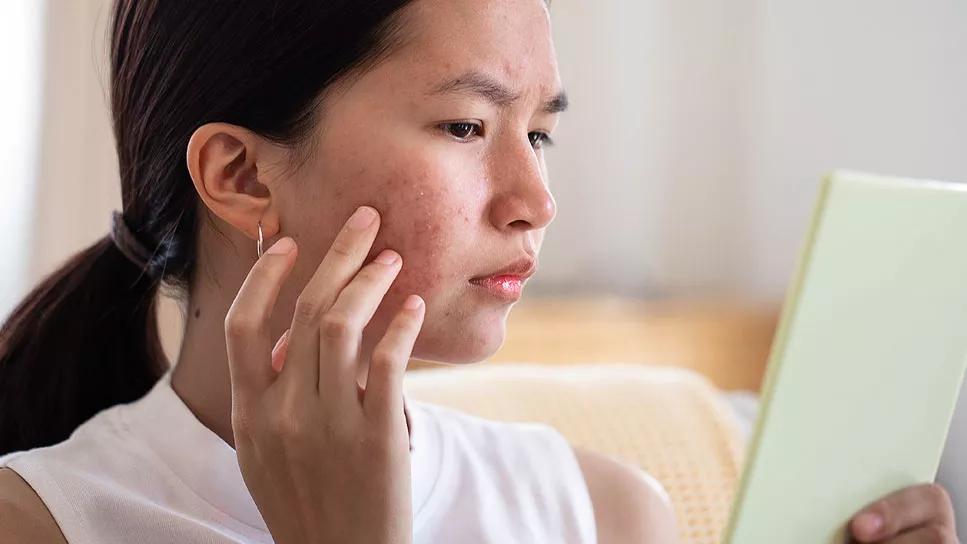
Among skin conditions, acne might be the one with the most rumored “remedies.” So many things — from aloe to zinc — are touted as natural acne solutions. But do any of these home remedies stand up to scrutiny?
Advertisement
Cleveland Clinic is a non-profit academic medical center. Advertising on our site helps support our mission. We do not endorse non-Cleveland Clinic products or services. Policy
Dermatologist Vickie Baker, MD, breaks down natural breakout treatments, so you don’t have to break the bank trying them all.
Knowing how to get rid of acne starts with knowing why it’s happening in the first place. Usually, the culprit is a chain reaction that involves excess oil, bacteria, inflammation and hormones.
“Acne occurs when oil and dead skin cells get stuck inside your pores,” explains Dr. Baker. “The buildup of oil and cells prevents oxygen from getting in. Without oxygen, a normally harmless bacteria known as P. acnes grows inside your pores. Your body responds to the bacteria by releasing an inflammatory response to attack it.”
And when the inflammation occurs, acne erupts. The result might be a pimple with visible pus, deep nodular acne or something in between.
“Hormones play a key role in skin oil production and inflammation, which is why teenagers commonly experience acne,” says Dr. Baker. “Many women also develop acne as their hormones shift in their 30s or 40s. But acne can strike anyone at any age.”
If you’re interested in going the natural route with acne treatments, there’s no shortage of options. But not all of these remedies have science to back them up — and some could even be harmful to your skin.
Advertisement
The most common natural acne treatments include:
The gel from the aloe vera plant has a reputation as a skin soother. “Aloe vera is a popular remedy for sunburns and minor skin wounds,” says Dr. Baker. “Because it has anti-inflammatory properties, people use it for acne, too. It can help calm a red, irritated pimple.”
Unfortunately, aloe can only help with existing acne — it doesn’t stop new breakouts from forming. “It’s generally safe to try aloe vera as a spot treatment to calm the skin,” explains Dr. Baker. “But if you have regular acne breakouts, aloe isn’t going to help your skin clear up.”
Apple cider vinegar has a reputation as a natural cure for many conditions, including acne. While it’s great for salads and marinades, it’s not a proven breakout remedy.
“Apple cider vinegar has antibacterial and antifungal properties, which is probably why people try it for acne,” says Dr. Baker. “Unfortunately, there’s no evidence to show that it can kill P. acnes. And it can be harsh on the skin, causing burning or irritation.”
Your skin has a natural pH of 4.5 to 5.5, making it slightly acidic. But apple cider vinegar is much more acidic with a pH of around 2.5. Something that acidic can strip your skin’s oils and protective barrier.
“A product that’s too acidic can dry and irritate your skin, which could trigger more breakouts,” Dr. Baker further explains.
Many skin care products contain green tea extract, which has anti-inflammatory and antioxidant properties.
“Topical products with green tea can combat free radicals from sun exposure and poor air quality, but they won’t clear up acne,” clarifies Dr. Baker. “The mild anti-inflammatory effect could help boost your moisturizers or serums, though. It’s a nice ingredient to use, but it’s not an acne treatment.”
And drinking green tea isn’t going to work skin wonders, either: “Green tea without added sugar is a healthy beverage, but no studies have shown that you can treat acne by drinking tea,” she adds.
Raw, unprocessed honey contains antibacterial properties and promotes healing. There’s evidence that raw honey can soothe skin wounds, and you can find honey-based skin products at many pharmacies.
“Using a honey-based wound product on pimples could help calm down redness, but it won’t keep breakouts away,” says Dr. Baker. “The antibacterial effects of honey don’t target P. acnes, and it can’t penetrate the pore to treat acne at its source.”
Tea tree oil is a natural ingredient that has some studies to support its acne-fighting ability. “Some evidence shows that tea tree oil can fight acne,” says Dr. Baker. “But it can also irritate sensitive skin, so use caution when trying it.”
Advertisement
Purchase a product that contains diluted oil or dilute it yourself by mixing two drops of pure tea tree oil with 12 drops of witch hazel. Apply the mixture all over your face or other acne-affected areas twice a day. (It’s always a good idea to spot-test the oil on your skin first.)
NEVER use 100% tea tree oil on your skin and always spot test before applying any mixture to large areas.
“Tea tree oil is a good natural treatment for mild acne,” she continues. “But if you notice any irritation or reaction to it, stop using it right away.”
Turmeric is a spice that gives curry its bright golden hue, and it contains mild antibacterial and anti-inflammatory compounds. While these properties make turmeric sound like a win-win for acne, steer clear of applying it to your skin.
“There are no studies that have shown that turmeric can treat acne,” warns Dr. Baker. “It can, however, cause irritation and leave yellow stains on your skin.”
Zinc is another acne remedy with some science to support it. A review of several studies found that zinc can improve acne.
“Topical zinc can help balance the oil in your skin, and evidence shows it can help with mild acne,” says Dr. Baker. “Studies show results with products that contain 5% zinc.”
Advertisement
Taking zinc supplements can also promote clear skin, but talk with your provider before taking vitamins or herbs. “Supplements can interfere with medications you take and cause side effects,” she notes.
Sulfur is an effective acne treatment that’s often gentler on sensitive skin than benzoyl peroxide. “This ingredient has antibacterial ability and helps peel away dead skin cells that clog your pores,” says Dr. Baker.
You can find sulfur in soaps, cleansers and leave-on products. But like any acne treatment, start small — use a cleanser alone at first. If that works well for you and you need more oil control, work up to a leave-on sulfur product.
If natural remedies aren’t the miracle cure you hoped for, all is not lost. There are plenty of proven acne treatments available at pharmacies and supermarkets — and most are affordable, too.
A good way to tame mild breakouts is to cleanse your face twice a day — but not just with any soap. A cleanser that contains benzoyl peroxide is a good place to start. This ingredient kills P. acnes and helps clear out pores.
“Benzoyl peroxide can be drying, so starting with a cleanser you rinse off can help you minimize dryness and skin peeling,” says Dr. Baker. “If your skin is very dry, start with a lower percentage benzoyl peroxide cleanser, like 4% or 5%. You can work your way up to a stronger formulation if your skin tolerates it.”
Advertisement
You can also try a salicylic acid cleanser, although this ingredient usually only works for mild acne. “Salicylic acid can help unclog pores, but it doesn’t kill bacteria,” she adds. “It can treat small pimples or bumps that aren’t inflamed.”
If a cleanser alone isn’t keeping breakouts at bay, you may need a product designed to stay on your skin. “Leave-on products are more powerful than cleansers, but they can also be more drying,” says Dr. Baker.
If your skin feels dry and tight, don’t quit that acne product just yet. Try layering a moisturizer on top. You’ll still get the benefits of the acne-fighting product while minimizing any discomfort. Look for a moisturizer that’s noncomedogenic (won’t clog pores) and is fragrance-free.
Do you have a favorite moisturizer that feels and smells great? Or perhaps you’re attached to a dewy foundation that gives your skin an awesome glow?
You can use moisturizers and makeup if you have acne, but look at your labels. “Products with fragrances, oils, butters and comedogenic ingredients can clog your pores and cause breakouts,” cautions Dr. Baker. “Many skin care products contain ingredients that aren’t good for acne, but they’re not always easy to spot.”
Dr. Baker recommends using products that are free of fragrances and essential oils, which can be irritating for many people. “Irritation can trigger acne or make existing acne worse,” she explains. “And check the label for the phrases ‘noncomedogenic’ or ‘non-acnegenic.’ These products are less likely to clog pores.”
You can become a skin care detective to find out whether one of your products is causing breakouts.
“If you suspect one of your products could be causing acne, remove it from your routine for two weeks,” suggests Dr. Baker. “If you experience fewer breakouts during that time, you might have found your culprit.”
And before using any new product, try the spot test: Apply it to a small area of your face for a week. If you don’t notice any itching, burning or breakouts, start using it all over your face.
“The key is to eliminate or add one product at a time,” she says. “If you try multiple new products or take several products out of your routine at once, you won’t be able to pinpoint which one is causing the issue.”
Acne is a skin condition — and you don’t need to “tough it out” or wait to grow out of it. A healthcare provider can help you find something that works.
“Treating acne can be tricky because everyone’s skin is different,” explains Dr. Baker. “What works for your friend may not work for you. A dermatologist can help you find a product that’s best for your skin type — even if it’s not a prescription. Many times, we recommend readily available over-the-counter products first.”
And there’s another reason not to ignore acne: It can cause physical and mental scarring.
“Acne can cause dark spots on the skin and indented scars,” says Dr. Baker. “Breakouts can also cause problems with self-esteem and emotional health. If you can’t find a remedy that works, see a dermatologist. The right treatment can make all the difference for your physical and mental health.”
Learn more about our editorial process.
Advertisement

Try exfoliating and using salicylic acid to treat this pesky skin care issue

Wear light, breathable clothing, shower after you exercise and change your sheets regularly
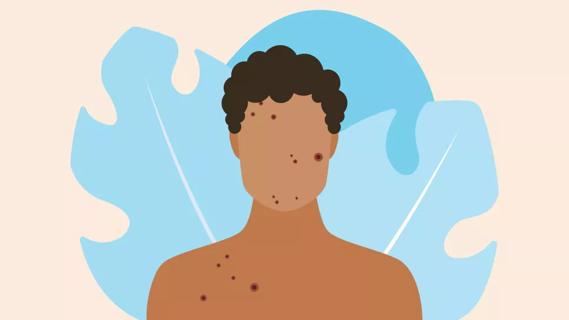
As you age, hormones can continue to play a big role in breakouts
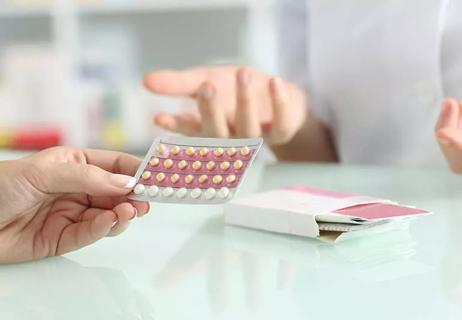
Birth control pills with estrogen are best for fighting hormonal acne
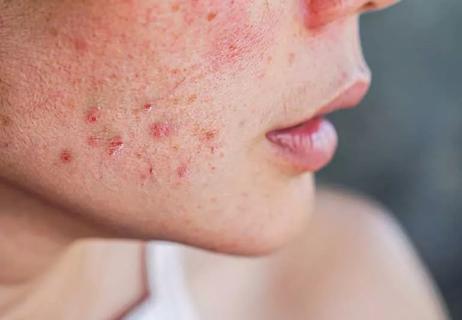
Hormone fluctuations impact oil and sebum production, creating painful, tender pimples
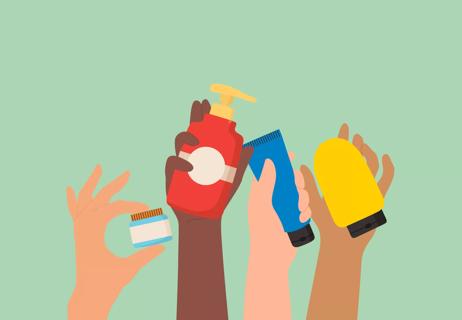
Look for a formula with either benzoyl peroxide or salicylic acid
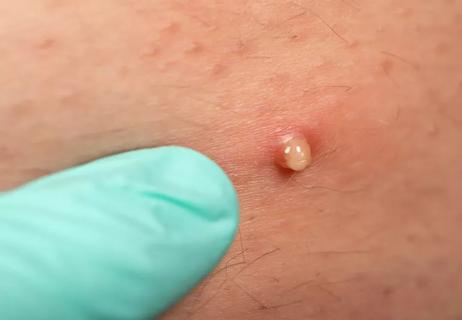
Those bumps on your butt probably aren’t pimples

This medication helps reduce androgen hormones, which produce oil-clogging sebum

Babies can get congested easily, but you can calm their cough by keeping them hydrated, using nasal drops and running a humidifier

Weight loss may cause loose, sagging skin and muscle loss to your rear

Several conditions, like vitiligo and fungal infection, can cause a loss of pigmentation, leading to white spots or patches on your skin